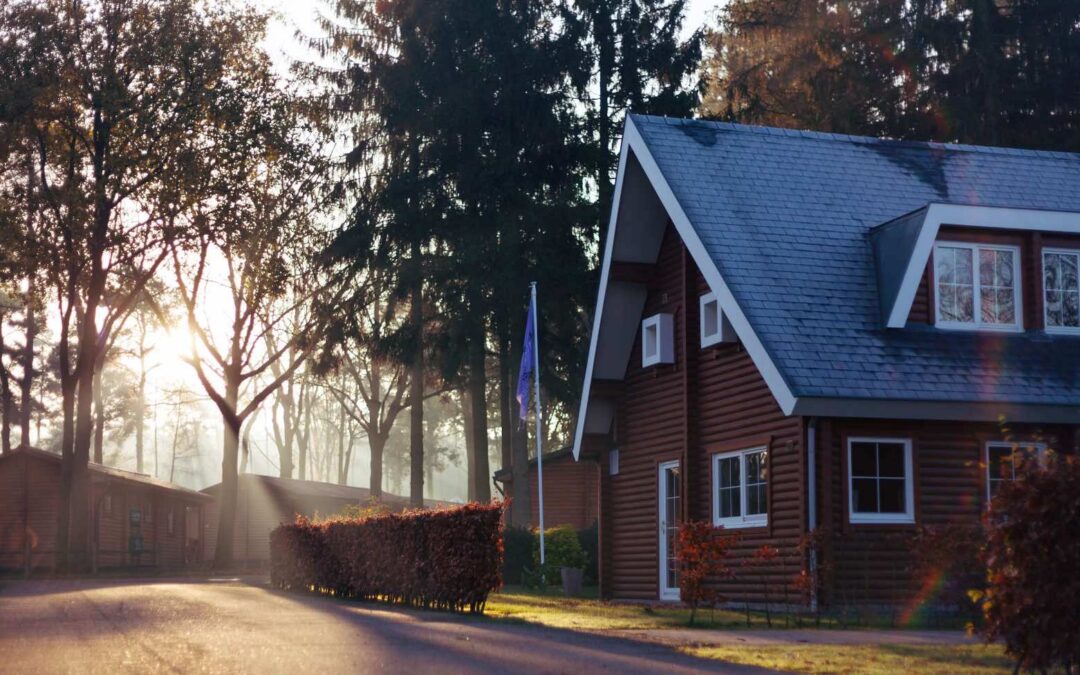When water gracefully flows from our taps or vanishes down our drains, the intricate network of plumbing that facilitates these daily miracles often remains out of sight and out of mind. But what happens when the unsung heroes of our households—the pipes—face issues? Does our shield of security, our home insurance, step in to guard against these watery woes? Delve into the nuanced relationship between plumbing predicaments and home insurance policies.
The Core Context: When Does Insurance Dive In? Home insurance isn’t a blanket coverage for all plumbing problems. The deciding factor often hinges on the ‘how’—how did the issue arise?
- Sudden & Unexpected: Generally, home insurance steps in when plumbing issues are sudden and unforeseen—like a burst pipe damaging your living room wall.
- Damage vs. Repair: While insurance might cover the damage caused by a plumbing mishap (e.g., water damage to your carpet from a pipe leak), the cost to fix the actual plumbing issue might be on you.
- Secondary Concerns: If a plumbing flaw leads to other issues—like mold growth—some policies might offer coverage, but often with limits or specific conditions.
Emerging Perspectives: Modern Challenges and Coverage Nuances
- Smart Homes & Plumbing: With homes getting smarter, plumbing systems now often include tech-driven leak detection or water control systems. Some insurers might offer policy discounts for homes equipped with such devices, acknowledging the minimized risks.
- Ancient Pipelines: For those residing in heritage homes or older constructions, the plumbing might be outdated. Recognizing the increased risk, some insurers might have specific clauses or coverage limits concerning older plumbing systems.
- Eco-Friendly Plumbing Systems: The rise of sustainable living has led to innovative, eco-friendly plumbing systems. Ensure your insurance recognizes these systems and provides apt coverage.
Strategies to Fortify Coverage and Prevent Issues
- Routine Checks: Regular professional inspections can preempt many plumbing issues. By identifying potential problems early, you can avoid extensive damages and insurance claims.
- Upgrade Old Systems: If your home’s plumbing resembles a relic from the past, consider updating it. Modern systems are not only efficient but also more insurable.
- Document Everything: Maintain records of all plumbing repairs, installations, and inspections. In case of a claim, this documentation can streamline the process and validate your maintenance diligence.
- Clarify, Not Assume: Always clarify with your insurer about what’s covered regarding plumbing. Instead of assuming and facing potential disappointments, a straightforward conversation can set clear expectations.
Conclusion In the flowing narrative of our homes, plumbing plays a pivotal role, often silently and seamlessly. As custodians of our spaces, understanding the interplay between home insurance and plumbing ensures we’re never caught off-guard. Remember, in the vast ocean of home maintenance and protection, plumbing and policies are the twin currents that, when navigated wisely, ensure smooth sailing.

